My thoughts and impressions after a month in Japan | part 4
Oke oke! Time to talk about the education system and schools I visited, about popular sports and what do they do in the free time... then TV series, shows and advertisement... anime and manga.... and how to properly sit in the restaurant.
11. Education and sport
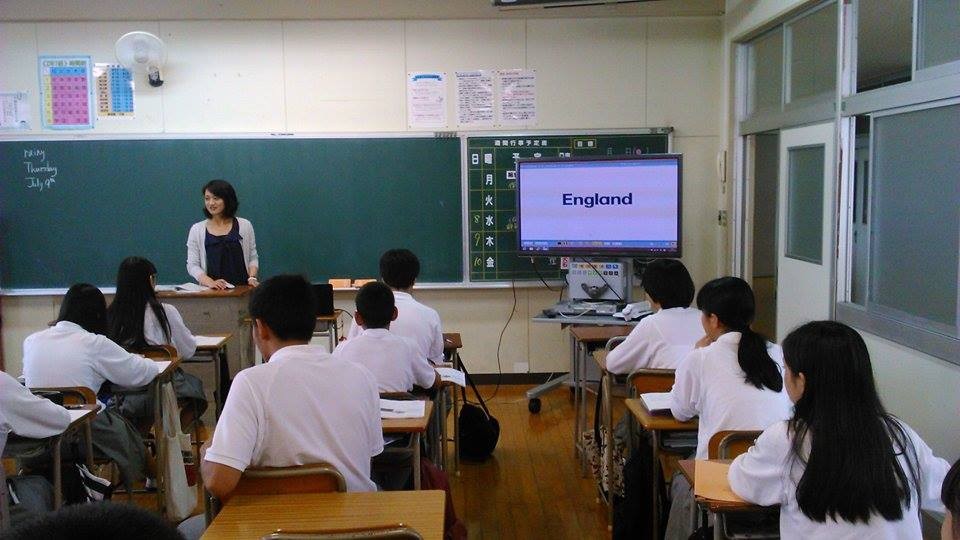
A few words about the education system and my impressions so far. I had a chance to visit the nursery school (where I also volunteered), the primary and the high school in Gobo & Hidaka.
Now everything connected to school and education in Japan in general made me really curious. Firstly, we all heard about the "tough education system" where the Japanese don't sleep but just study, study, study and... sleep.. then all over again. No social life. No time for fun. They all wear the same clothes. They all become engineers later and even the little kids, as my professor from high school once said, can create Optimus Prime if you just give them a simple pen case.
Well, some of these stories and rumours are true.
In Japan all the students are obliged to wear the school uniforms. White shirts and black trousers. Just like we saw them in anime! While driving in the car first few days around the town I was observing everything (I mean, who wouldn't?! ) and noticed lots of black & white figures walking or on the bike alone or in the groups. Since Gobo is relatively small compared to big cities or places, I think it is very safe for the students or pupils to go the school alone (or in groups) as I guess lots of people know each other and nothing bad can (and should not) happen there.
The Japanese education system is based on 6-3-3-4 which means that the primary school lasts for 6 years, the "junior high school" is three and the "high school" is 3. The last is the University with 4 years of studying. But I guess you don't care much about it. So let's get to the real experience from classrooms.
Visiting classes
My first experience was going to the primary school where my little host-sister was attending the lower classes (or lower primary school if you want). It happened actually by accidence but I'm thankful it did. I was showing my analog camera to my host family and colleagues at the restaurant we worked at and tried to explain in Japanese it was for my school. Thus I used "gakkou" but then they got it like "oh, you want to visit the school here? let's go! ". I was laughing but did not refuse of course, I was really curious to see it and have an experience of sitting in the classroom.
Now you shouldn't be surprised any more to hear that we had to take off the shoes while entering the school. There is, just like at many many other places, a part where you leave your shoes and take the slippers. Thus we keep the school clean. Then we headed to the office of the headmaster since my host father and him were friends. We asked him to guide us and show us (me) a bit of the school.
After meeting the headmaster we went through the hallway. The children were pretty curious about the stranger there and once they went out of the classrooms to see me and started shouting "America-jin! America-jin! " ("iie iie... watashi wa... kuroachia kara! Kuroachia-jin! "). I believe not many foreigners come there so I was a bit kind of a new thing. Though there is one guy called Peter, from Canada, but more about it when I write you my daily diary later. I saw my host sister sitting in her classroom with the other children. Once they noticed me they were turning their heads to see where that guy came from. And I was just reading the children books trying to figure out how much can I understand with my current knowledge of hiragana writing system.
Afterwards they introduced me to junior high school which was on the second floor. There I had an opportunity to see what the English lessons look like. And my God, the first book in Japan I was able to understand, such as a whole page, was the pupil's book for English! I never felt so relaxed and wanted to laugh inside how easy was life at the moment. But I understood that for them was difficult (not everyone as seen) but I had the same troubles and was one of the worst in English (hated it to be honest until later high school). They gave me an opportunity to say a few simple sentences about me in English in front of the class. I don't know how much and how many of them understood my introduction but it was cool and they look happy.
The last was the art class where we bumped again during the lesson or actually during the work... and they were all trying to do what the task was. Now here I noticed that the majority of them (as far as my eyes had seen) were painting with patient and paid attention to details. Everyone had something different so I could not guess what the task was about. On contrary, in Croatia, I remember in my classroom half of the people didn't care much about it and saw it as an opportunity to play games or listen to the music.
Different sports medals
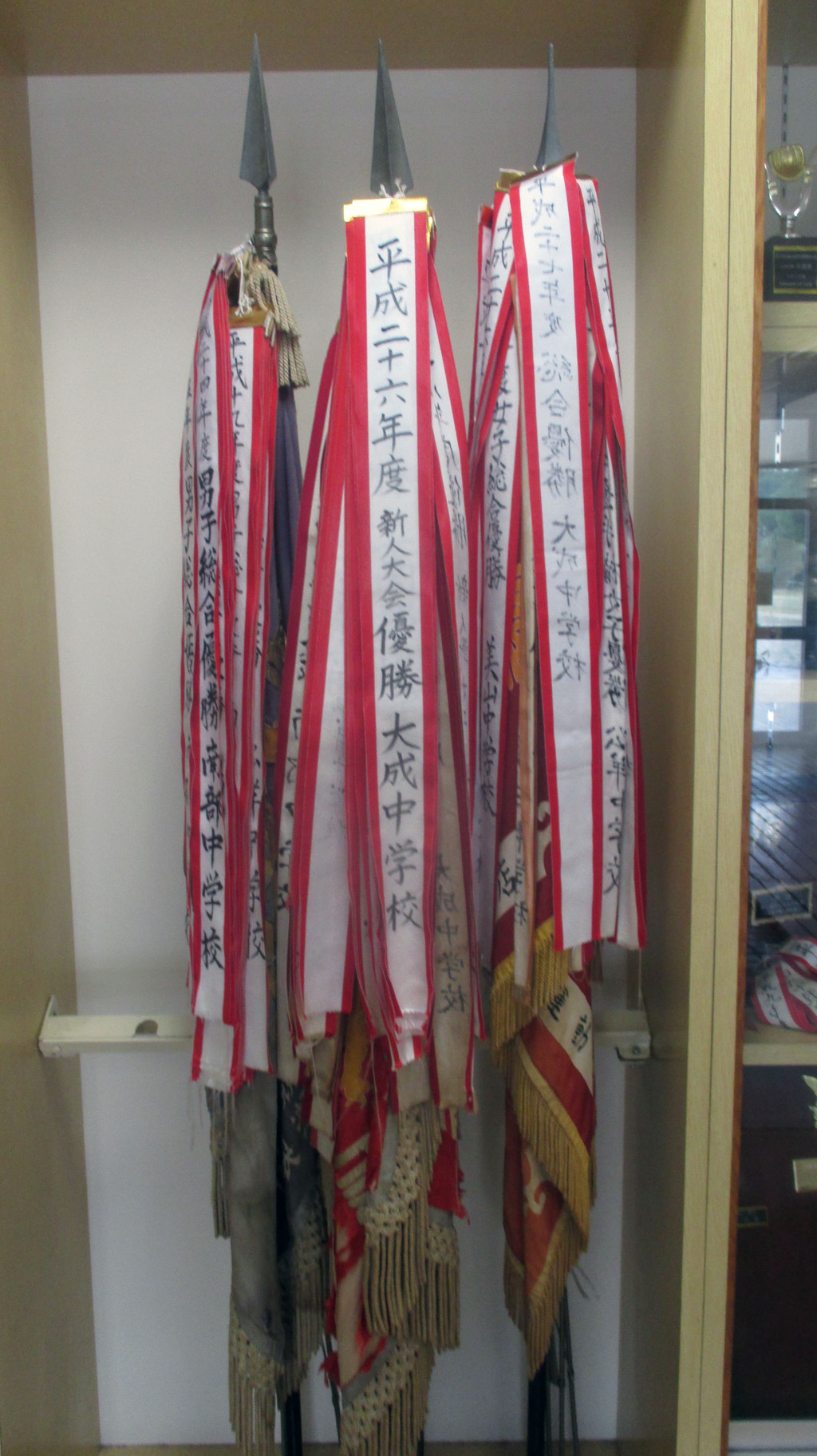
The last thing I saw there is that instead of metal plates or simply medals for sports achievements they received something that looks like tracks or some kind of fabric with written title / achievement or honor regarding the status of the person who receives it. Interesting! They hang it then in the wardrobe, just like we do the same with the cups and medals. They are red.
Another experience I had with the high school system was visiting the ceremony of the green tea at Hidaka High school but as said I spent my time only in this room for practicing the green tea ceremony. There were only girls and their teacher (sensei) and there were pillows to sit on. But more about it in special articles.
That's all about the primary and high school I know! Very clean interior and simple, wearing slippers and not your own shoes. The black and white clothing for the students. Different visualization of the "medals". The shoe for the sports hall were also in the hallway next to the trophies vitrine put in the wooden racks.
The stages in the gym
Another thing that caught my eye was that the gyms or sports halls have a stage in the corner. I noticed this as well at the nursery school (more in the special article about it).
Everyone crazy about Baseball - or not?
Baseball for sure is the most popular sport in Japan. Or at least is being promoted as such everywhere. I had a chance to watch live one baseball match on a high school stadium in Wakayama. And I still do not understand the rules and it might not be fun to watch as much as some other sports. But I think that football (for those on the other continent - soccer) is slowly gaining the upper hand, firstly by the newer generations. One of my host fathers that took me to this match is a huge fan of European football and knows a lot, especially fun to listen to him counting the players from the Croatian national team and the clubs they are playing at. I gave him my Croatian fans scarf. Now why is baseball so popular? I guess you already know the answer. It became popular after WW2 and American occupation of Japan. Every cafe has almost all the time a live stream of some baseball match so for me it was difficult to be surrounded by baseball everywhere.
Hierarchy & Collectivism
But what I forgot to mention earlier is that the Japanese society is much more oriented on collectivism and building the strong feeling to belong to the groups aka rules and try to respect the hierarchy, not the individuality and more freedom, being different from the others. That could be still seen or felt in the social hierarchy between men and women regarding the jobs, also when talking to the other youth... but I would say it is also changing because the influence of the Western culture and lifestyle took its part in the modern Japanese society. And I am not saying whether it is bad or good and do not want to judge.
12. TV Series, shows, anime and manga (the Japanese pop-culture)
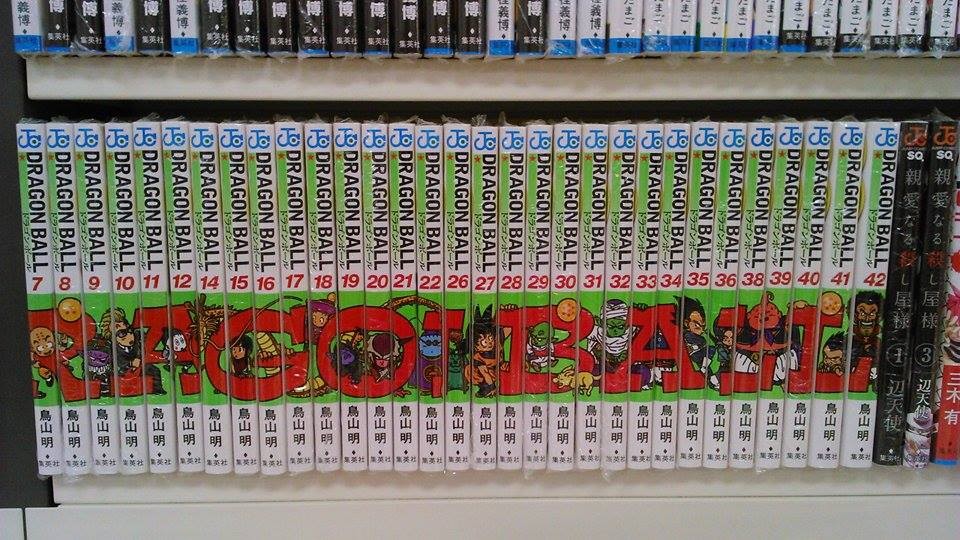
Another popular topic by many. There are simply groups of people (us, foreigners, friends) who care mostly about one or two segments of Japanese culture whether it is landscape and architecture, anime and manga, the Japanese language and script, the Japanese kitchen and so on...
I cannot deny that I had not been excited too a lot to see all those things right in front of my eyes there. Just like the others I have read a lot about it. And the Japanese pop culture, at least when speaking of anime, toys and card games, has had a huge influence on childhood of many in Europe and across the globe in general.
Anime
Talking about the anime first there is probably no person who loves Japan but has never heard of Son-Goku from Dragonball series (and Goku is kind of national legend there), has not watched or played with Pokemon, Digimon, Sailor moon, Naruto, Yu-gi-oh!, Astro Boy (okay, older generations), Power Rangers, Death note and many others. And yet they are just one piece (get it? One Piece) of the huge collection of everything that exists in that country and has not been exported yet into our world. Pokemon are for example not any more popular in Croatia (back in my time in elementary school there was no kid without a starter deck to play or trade the cards) but even now in Japan they are everywhere. Dragonball is one of the top things, as said, and every bookstore will welcome you with the figures of Goku SSJ, Vegeta, Frieza (Freezer) and the others. You can find manga everywhere for the very affordable price (of course, after being transported to Europe it has to be a bit more expensive). I brought home several manga of DBZ series and one DBZ magazine that looked pretty attractive (and got Super Saiyan God Goku sticker! Be jealous! ) and one shirt. I regret only not buying one more shirt... but hey, I will come back to Japan.
Also, some things that might be considered brutal (or at least from my perspective) were allowed for children to watch and no one had nothing against it or found anything strange or disturbing. Like some scenes from One Piece were pretty violent without censorship were just fine to watch! On the other side, some things that might not be dangerous, harmful or violent at all but maybe controversial were censored.
There are new anime shows that I am not familiar with or just stopped following the "market" and what's been happening last years. Now, maybe to jump on another topic regarding TV shows, series and advertisement (wait for the pictures! ).
Tv shows, series and commercials
Now this was the thing I was waiting for! The moment I watched for the first time the Japanese TV channels was full of expectations and surprises. And I felt very satisfied with what I have seen. What you need to know is that - yes - it's truth... after 5 minutes of watching their TV commercials you absorb a specific amount of bizarreness and feel a bit psychologically disturbed, especially while paying attention and trying to understand some shows.
The TV shows (what I mostly encountered when turning on the TV) are pretty colorful in contrast to the earlier described streets, cars and student uniforms. The letters or signs are in the same frame in different colors, can be lots of text that seems too much and sometimes like a chaos. It surprised me a bit as I expected something strict. But then I quickly got to my senses since everything in Japan regarding the pop-culture is totally hyped, full of colors, chaotic, vivid and seeking attention. What still bothers me even after 6 months is the circle in the corner of one TV show where was almost always one same guy and we followed his reactions while watching the documentary or some record. He would just laugh all the time and make weird facial expressions as his reactions to what he has seen (and we). Strange but okay, it has to be like that I guess!
Now not all the shows are weird of course. There is normal stuff too, I just pointed out something that is going to be interesting to hear about. Like this one channel where they broadcasted for sure one of the weirdest things I've seen there. A monkey wearing the masks of other animals taken for a walk by some guy. If you don't believe me you will have to believe the picture below!
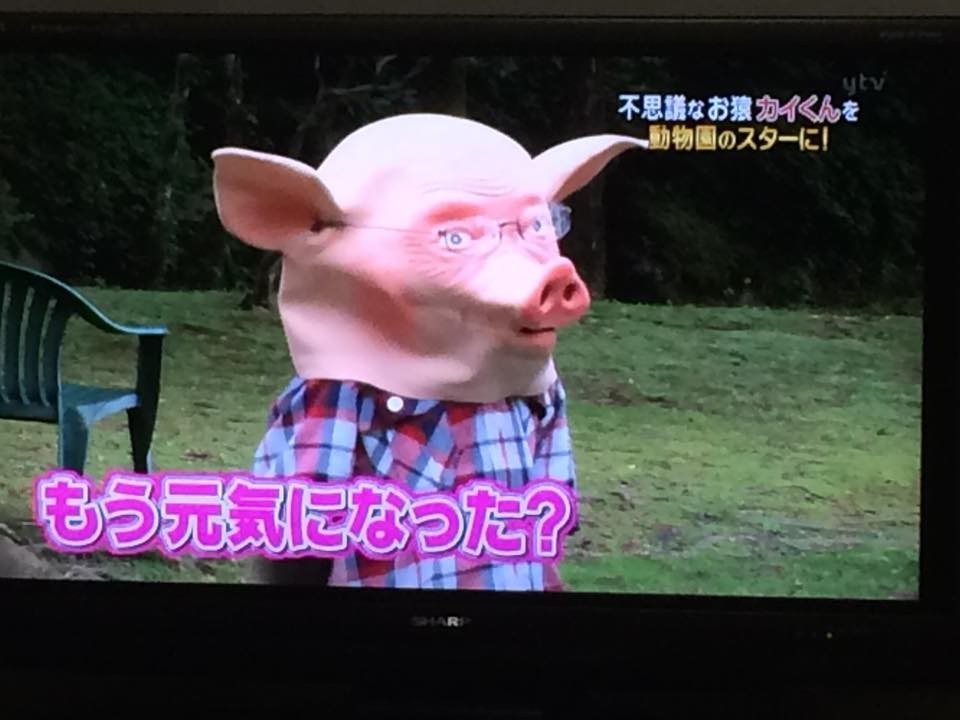
On the other hand, I tried to watch one CSI series and could understand only some phrases I already learned there and try to guess the plot and what was going on by just using my eyes. Another funny thing (and I am happy to witness it) was watching some Japanese soap or telenovele and record the moment they started crying. Many of you have seen Spanish cry from the Mexican-Spanish soaps but the Japanese one? Didn't think so!
Once or twice I had the opportunity to watch some documentary on the Japanese history, some conflicts between the dynasties and armies, the reconstructed historic places and the samurai. And my first host father from the restaurant enjoyed watching and even singing to the opera (I could not resist to laugh and it was fun for him too).
The influence of the Western world
Now here the influence of the American Western culture is pretty visible as I have seen the American flag and symbols everywhere - many wears shirts and are crazy about it though maybe not knowing what about precisely. But that's okay and similar everywhere. Many students and friends I met there went or planed going on some exchange to the US. And many have been to or even studied somewhere in Europe. You will not, of course, see Geisha, women or men everywhere with the traditional clothes (just like it's not the custom any more in Europe except for some rural parts and festivals in the cities). Some films, series and music from the Western World are popular there, some are not, it can be relative (after all, who cares for everything from the West, I don't care much and don't follow and do not want to follow everything...it's already too much of everything we are being served with on the internet and TV).
I believe that the newer generations are trying to find some kind of a balance between the popular culture that has been brought from the rest of the world, its strong influence and values... and the values and tradition of the Japanese culture which is pretty different when paying attention to details. It might be a bit difficult since it's a try to combine two worlds and mentalities in an everyday life. We will see.
All in all, Japanese world of pop-culture is crazy and you really do not know what to expect! In contrast to monotonous black and white world in the streets it is really colorful and chaotic.
13 How to sit in the Japanese Restaurant?
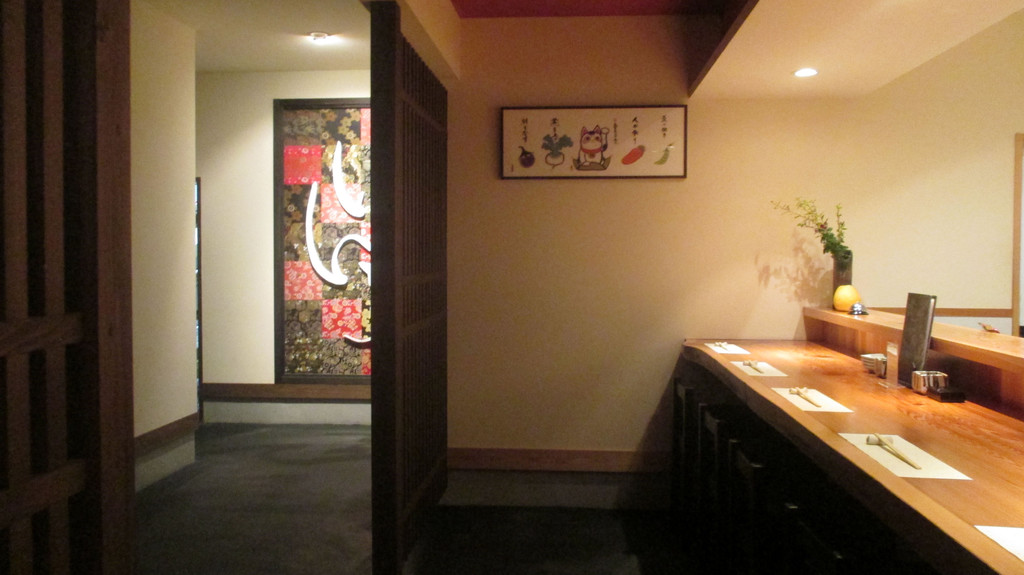
There are three kinds of the restaurants depending on how you are sitting there. This is my personal experience and opinion of course. There might be much more but... don't know!
The first one is practically identical to ours or we would say "with normal" chairs. Nothing special here. But the other two are more interesting and more "Japan-like".
My favorit personally is the second one. After taking off the shoes (this time without slippers afterwards), we climb up the heightened floor and sit at the table. But how? There is a "hole" around the table and everything was made in a way that you sit on the floor but imagine it as a chair. Your legs will comfortably go down and touch the ground where the legs of the table are. Thus the floor is like a flat chair with a pillow for your buttocks. The tables often have one or two spots in the middle where you can do the grilling. The waiter/ress brings the fresh food and you can pick it up and put (for example meat) on the grill. After few minutes it is ready to eat! Practically, you have everything served and decide how you want to prepare your food.
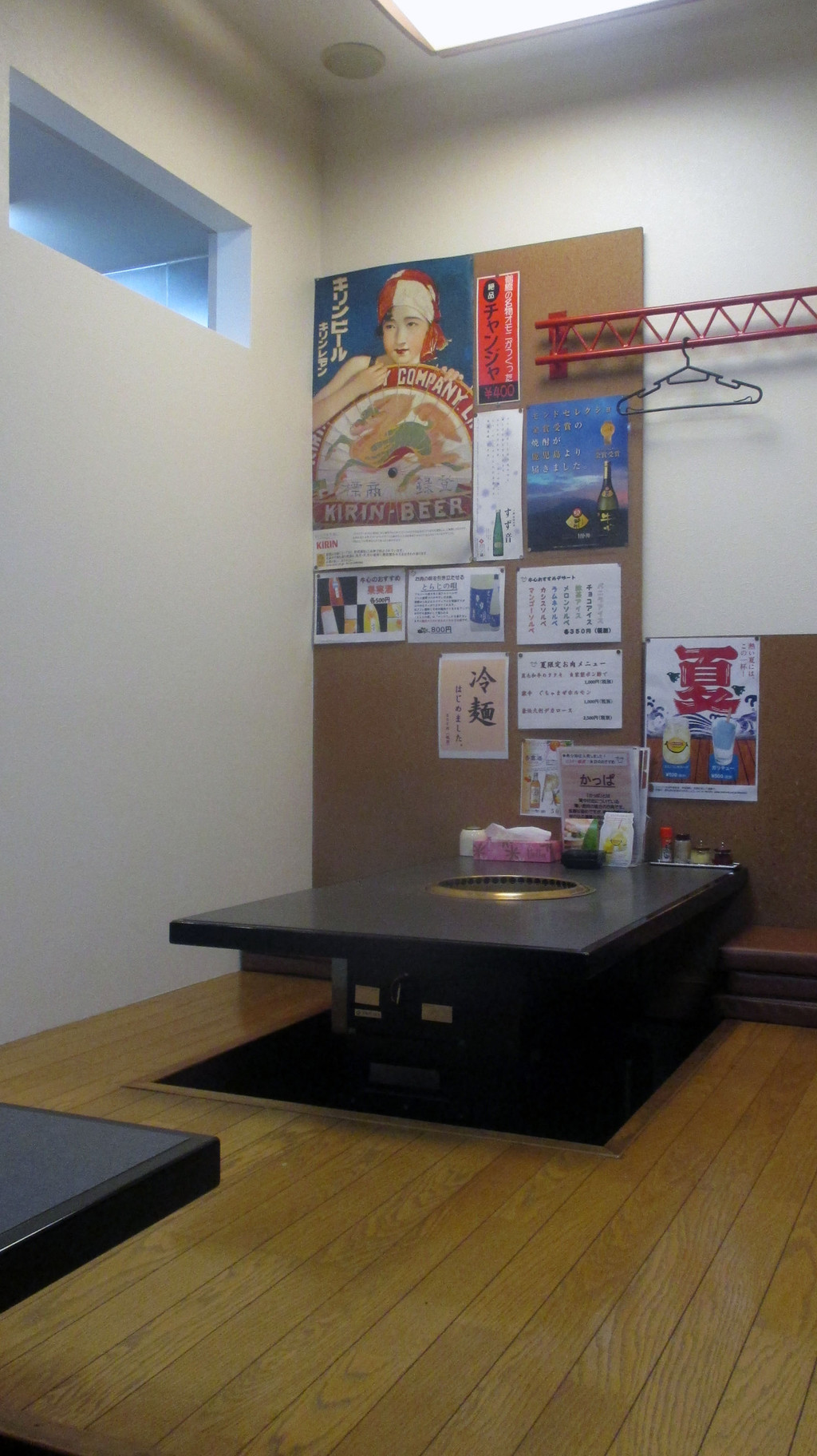
The third type are the more traditional restaurants where you have to crouch or sit with both feet cross around the table. This represented me a huge problem because of my legs so I always had to put them in a straight position under 45 degrees... which looked pretty funny... and had to pay attention not to tackle the waiters and the other guests.
Photo gallery
Content available in other languages
Want to have your own Erasmus blog?
If you are experiencing living abroad, you're an avid traveller or want to promote the city where you live... create your own blog and share your adventures!
I want to create my Erasmus blog! →









Comments (0 comments)